Translanguaging: A second response
Mia Tarau responds to posts on the topic by Michael Rabbidge and Jonathon Ryan
Part 3 of a three-way conversation between Michael, Jonathon and Mia
To begin, thank you, Michael and Jonathon, for laying the groundwork for an interesting discussion! When preparing my response after reading Michael’s introductory post on translanguaging, I was determined to approach this topic from two perspectives: the first, that of a person with a multilingual background and – consequently – with a history of learning multiple languages in a foreign language learning context; and the second, through the lens of sociolinguistics, which is the field that prompted my doctoral research into language planning and policy concerning a minority group in Romania – namely, the Roma. However, I decided to settle on the former, as tackling both would have made for far too lengthy a post. Therefore, today, I offer my thoughts on translanguaging from the perspective of a language learner in the post-communist Romanian school system, where in addition to formally studying the Romanian language, we were also taught English, French, and Latin.
Let’s begin: the notions involved in the practice of translanguaging are not new to me as a learner of multiple languages in Romania, where I grew up. However, while I instinctively employed strategies relating to translanguaging in my teaching practice, they have not been formally framed by this term - and the literature exploring it - since I started to teach English after moving to New Zealand, and later, to Australia.
Upon reflection, I realise that the reason I must have incorporated translanguaging practices instinctively and intuitively into my classroom practice of teaching English in both these countries is the background knowledge and experience that lingered on long after my years of learning multiple languages in Romania. Similarly to Cenoz and Gorter (2021, p. 1), I, too, carry this lived experience of the fact that ‘[m]ultilinguals have broader repertoires than monolinguals, and they are often more experienced language learners.’
However, unlike the downside that Cenoz and Gorter (2021) point out, namely that ‘the potential of multilingual students based on their repertoire has not been fully developed because traditionally schools have adopted monolingual ideologies and have isolated languages in the curriculum’ (idem), in our Romanian classrooms we were ACTIVELY allowed to use our mother tongue to sustain and help grow our linguistic repertoire. In fact, it was standard practice for the teacher to initiate translanguaging moments. I guess I internalized that process and applied it in my teaching career without thinking twice, sometimes in spite of the ‘classroom rules’ stating that the classroom was an ‘English-only space’, BECAUSE I acknowledged the important role it plays in helping learners draw on what Michael referenced in his initial post as their ‘full linguistic repertoire’ (Otheguy, García, & Reid, 2015).
As such, I will provide brief answers to two of Jonathon’s questions:
Question 1: ‘if everyone in class understands the first language, and translanguaging is promoted, why not just switch back to the L1? You could just avoid the hassle and potential miscommunications. But in this way, I could see translanguaging perhaps disincentivizing development in the second language.
Answer 1:
Switching entirely back to L1 would, indeed, disincentivize development in the second language. The role of translanguaging, as I experienced it in my learning context, was to provide a ‘road sign’ whenever students were stuck. Allowing brief moments of switching back to L1, combined sometimes with drawing parallels between multiple other languages, would bring any ‘strays’ back, allowing them to make connections between these languages, and helping them to understand rules and principles that may have remained unclear if taught in the target language alone. Thus, those teaching moments that involved translanguaging BECAME the building blocks of that EXPERIENCE in language learning that Cenoz and Gorter (2021) reference, in a practice that they describe as ‘[p]edagogical translanguaging’, or the process of ‘activating multilingual speakers’ resources so as to expand language and content learning’ (p. 1).
Question 2b. [D]oes translanguaging discourage correction?
Answer 2:
Building on my first answer: Whether or not translanguaging discourages correction in principle, my experience back in Romania suggests that translanguaging did not discourage correction in practice. On the contrary, the correction was offered THROUGH translanguaging, allowing us – the learners – to develop a system whereby we could better see the parallels between the two languages, and ultimately endowing us with that ‘linguistic mastery and virtuosity’ (Otheguy, García, & Reid, 2015) referenced by Michael in his initial post.
I will stop here, acknowledging that this is only a very brief trip down memory lane in regards to my personal experience with translanguaging, both as a multilingual/language learner, and as an ESL teacher. I look forward to further thoughts on the topic – here or in the comments!
